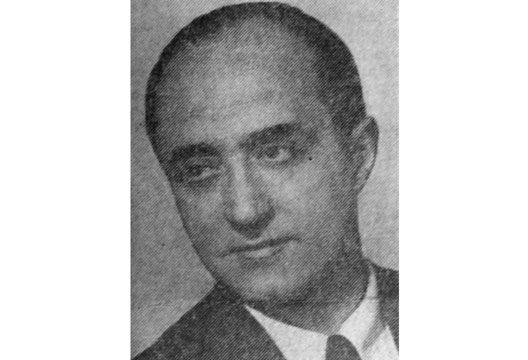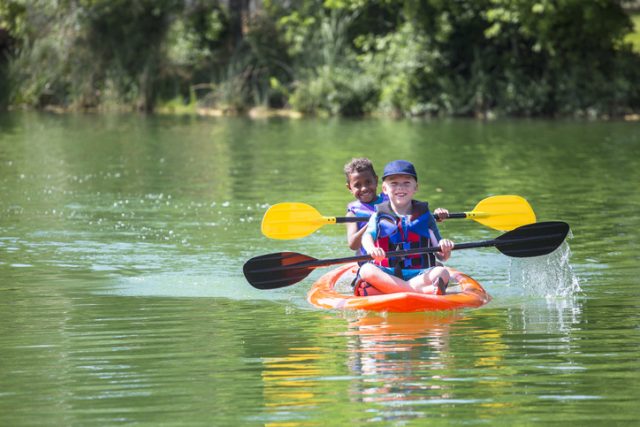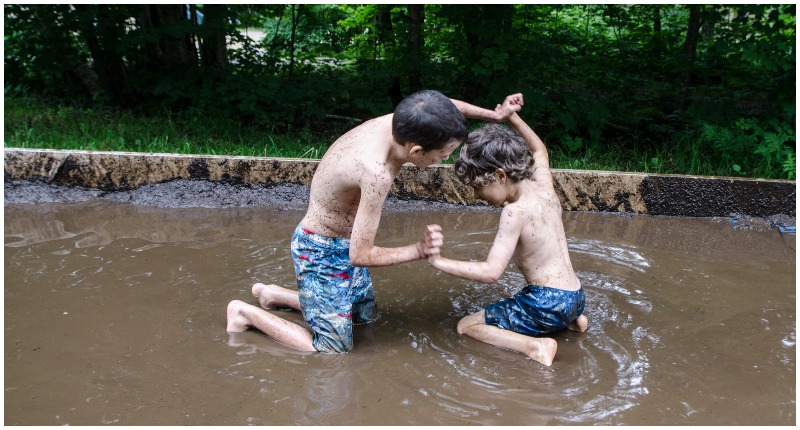Muzafer Sherif was a Harvard research psychologist. He found himself frustrated with the limitations of working within the narrow confines of the laboratory.
Sherif was interested in social psychology — how people behave when influenced by outside factors — and wanted to be able to study human subjects to test out his ideas.
He was specifically interested in an idea called Realistic Conflict Theory (RCT), which is a social psychological model for intergroup conflict. The model says that groups will come into conflict when they are in competition with each other over limited resources, resulting in negative prejudices and discrimination against competing groups. It also says that antagonistic groups will cooperate when faced with a large enough or potentially life-endangering threat.

According to the Guardian, he put together the first experiment in upstate New York, where he sent a group of 11-year-old boys to a camp in Middle Grove. His goal was to put the boys into teams, then create divisions between them by having them compete for prizes in various sports and games, then reunite them by forcing them to cope with frustrating and dangerous situations.
The Middle Grove experiment didn’t work out the way he expected, however. Sherif expected that the boys would compete against friends and allies, but the boys didn’t cooperate. There was no enmity, the two groups stayed friendly regardless of what situations the adults engineered to try to generate conflict.
Since Sherif didn’t want to lose face with his financial backer, the Rockefeller Foundation, he decided to try again. The second experiment was based at Robber’s Cave in southeastern Oklahoma.

This time he did things differently. He used 22 boys, all around 12 years old. All of the boys were white, protestant, and from middle-class, two parent families.
Sherif divided them into teams again, but this time he kept the two teams unaware of each other for the first few days they were at “camp.” The boys in each group bonded over the usual types of camp activities, until each team formed a cohesive group, with its own name and identity.
When he was ready for the “competition” phase of the experiment he introduced the two groups and had them compete in various games and sports, for which the winning team would receive prizes.

The losing team wouldn’t receive anything. Conflicts began to occur very quickly. One group tried to dominate the baseball diamond to practice for their game, even hanging their team’s flag on it and telling the other team they’d better not touch it.
The sparse staff began to engineer more conflict between the teams. They made one team late for lunch, for example, so the other team could eat all the food.
At first, the tensions were just expressed verbally. Names were called, threats were made. Each team started to see the other team in starkly negative terms, despite the fact that the group was pretty homogeneous.

The staff stirred the pot a little more, giving matches to one team so they could burn the other team’s flag. The team whose flag was burned retaliated by going into the other team’s cabin and wrecking their belongings. Violence went from being aimed at objects, to being aimed at each other, and the teams were separated again for a couple of days to let everyone cool off.
Having created animosity between his two groups, Sherif decided it was time to test the other part of his theory — bringing the groups together, cooperatively.
The experiment started out by simply having exercises that included both groups in getting-to-know-you activities, like watching a film, or setting off firecrackers for the Fourth of July. Not only did the activities not soften any of the tension between the groups, but several of the activities ended with food fights. Clearly, simple socialization wasn’t enough to make a difference.
The staff intervened again, engineering a situation where the groups had to work together for a common goal. They did it by shutting off the water. The boys collectively had to find and unblock the water tank or they were all going to suffer. By the time they had come to a solution, the groups were already starting to show signs of increased inter-cooperation and merger.
There were a lot of flaws in the designs of Sherif’s experiments, starting with the fact that all the boys came from such similar backgrounds, and ending with the ethical dubiousness of intentionally subjecting people’s children to potentially hazardous situations without their knowledge or consent.
Read another story from us: 21 Grams – The Experiment to Find the Weight of the Soul
The Robbers Cave experiment was not without its merits, however. If nothing else, it serves as miniature model of how relatively easy it is to set different groups, who have no connections, against each other, creating divisiveness, prejudice, and anger using artificial means. It also demonstrates that we have the capacity to overcome a lot of antagonism if everyone commits to a greater good.
